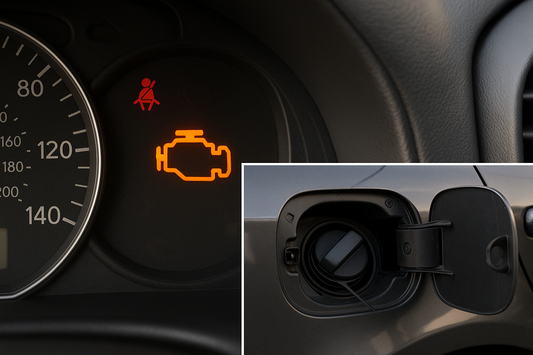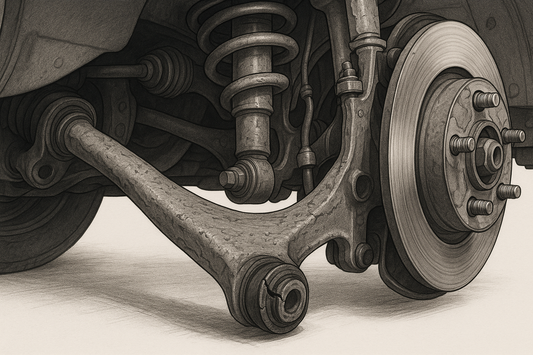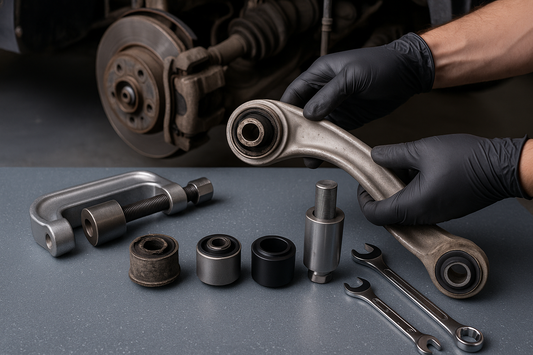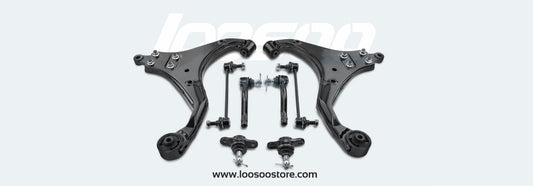Las pastillas de freno son uno de los componentes más importantes del sistema de frenos de tu Toyota Corolla y deben reemplazarse regularmente para garantizar un frenado seguro y confiable. Aquí tienes una guía paso a paso sobre cómo cambiar las pastillas de freno de tu Toyota Corolla:
Paso 1: Preparación
Estacione su Toyota Corolla en una superficie nivelada y asegúrese de que las ruedas estén rectas.
Levante el vehículo utilizando un gato y coloque soportes debajo de las ruedas.
Retire las ruedas utilizando una palanca para neumáticos o un extractor de ruedas.
Paso 2: Retirada de las pastillas de freno viejas
Una vez quitadas las ruedas, puedes acceder a las pastillas de freno. Usa una palanca o una herramienta similar para separarlas de las pinzas.
Retire cualquier hardware restante, como clips o pernos, que sujetan las pastillas de freno en su lugar.
Deslice con cuidado las pastillas de freno viejas fuera de las pinzas.

Paso 3: Instalación de las nuevas pastillas de freno
Limpie bien las pinzas con un cepillo de alambre o un paño. Asegúrese de que no haya residuos ni óxido que puedan dañar las pastillas de freno nuevas.
Aplique una fina película de grasa a las superficies de contacto de las pastillas de freno nuevas y deslícelas en las pinzas.
Reemplace cualquier pieza, como clips o pernos, que sujete las pastillas de freno. Apriete toda la tornillería según lo especificado en el Manual del Propietario de Toyota.
Baje el vehículo quitando los soportes del gato y vuelva a instalar las ruedas.
Paso 4: Pruebe el vehículo e inspeccione
Arranque el motor y déjelo calentar durante unos minutos.
Conduzca el vehículo lentamente para probar los frenos y asegurarse de que funcionen correctamente. Preste atención a cualquier chirrido, rechinamiento u otros ruidos inusuales que puedan indicar problemas.
Después de la prueba de manejo, inspeccione las pastillas de freno para detectar cualquier signo de desgaste o daño. Inspeccionarlas regularmente después de cambiarlas es esencial para mantener un rendimiento de frenado seguro y confiable.
En conclusión, cambiar las pastillas de freno de tu Toyota Corolla es un proceso sencillo que requiere herramientas básicas y un poco de paciencia. Seguir estos pasos garantizará una instalación correcta de los frenos y te proporcionará un rendimiento de frenado seguro y confiable durante años.










